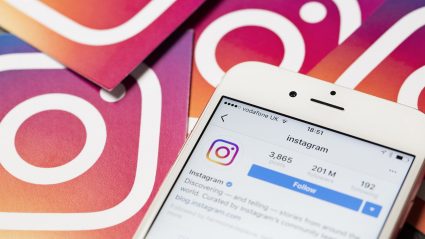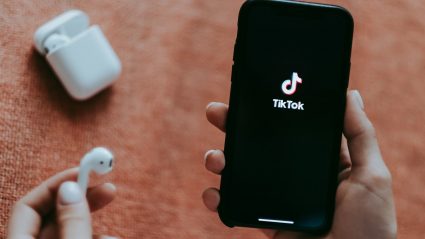Even in our Facebook-filled world with younger generations growing up on social media, audiences are in search of a real connection and a personal experience. Millennials are known to appreciate a truthful personal experience when they are online. Influencer marketing is a marketing strategy that can help brands meet this need to connect with their audiences on a more authentic level. It allows a brand to bridge the gap between their company and its audience by promoting products or services through people (influencers) who share the character of the brand. Influencers become brand advocates for what they are promoting, and since their loyal digital audiences generally trust their opinions, this can create relationships and drive awareness, leads, and customers.

The basic requirement of an influencer is that they must have at least some kind of fan following across one or more social media platforms, and that’s it. The size of the following can range from hundreds to millions. The first step in influencer marketing is understanding who your audience is and which type of influencer will work best with your brand. It is important to know the difference between mega-, macro- and micro-influencers to have a successful experience.
Mega-Influencers:
- Who they are: Actors, artists, athletes, stars, television personalities, and any other kind of massive celebrity
- Followers: 1M+ followers
- What you should know: A major reason why brands work with mega-influencers is that they have a massive following on social channels. This gives the product they’re promoting more views. The downside of this type of influencer is that there is a lack of a real connection between the celebrities and the consumer, meaning they don’t actually have that much influence over their followers.
Macro-Influencers Or Middle-Influencers:
- Who they are: Executives, bloggers, food critics, and journalists
- Followers: 10,000–1M followers
- What you should know: Macro-influencers work well for marketers looking to advertise to a specific group of people. Macro-influencers tend to have large followings in very specific areas of interest such as lifestyle, fashion, or business.
Micro-Influencers:
- Who they are: Everyday consumers or employees
- Followers: 500–10,000 followers
- What you should know: Micro-influencers’ followers care a lot about what the influencers post and have to say because they have some type of relationship with them. The influencers typically focus on niche topics such as travel, fashion, beauty, and fitness. Micro-influencers see high engagement and active audiences since many of them interact with fans regularly. Even though they have a high engagement rate with loyal passionate followers, micro-influencers generally have the least reach due to their small number of followers.
Finding an influencer who fits perfectly with your brand is key in social media marketing. The influencers’ real personalities are talking directly to the audiences your brand wants to reach, so you’ll want an influencer whose voice and audience size best suit your needs.






Responses